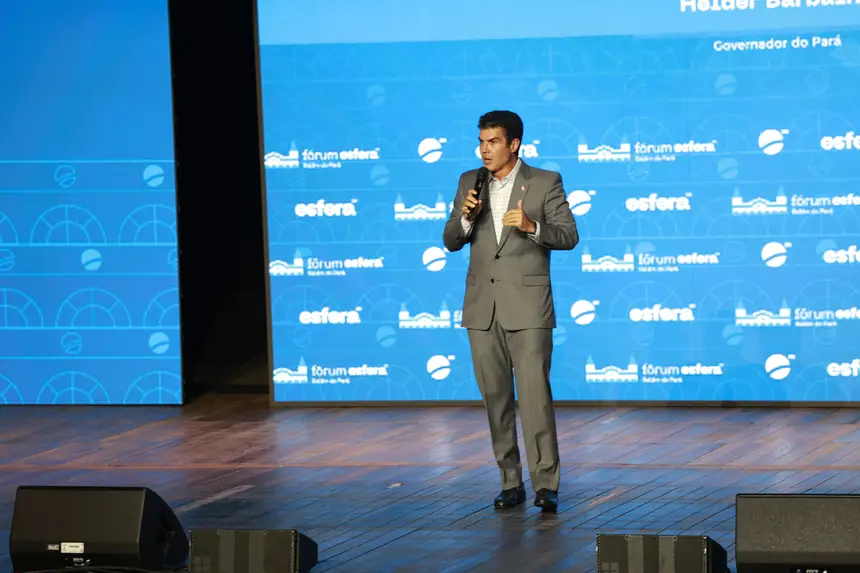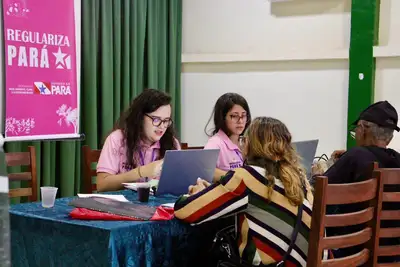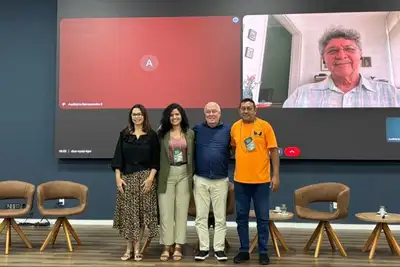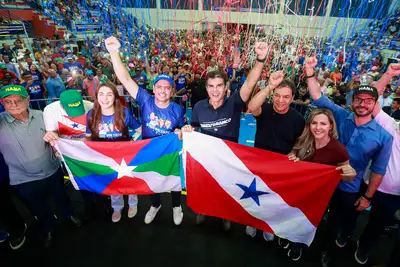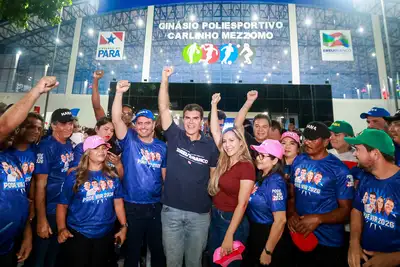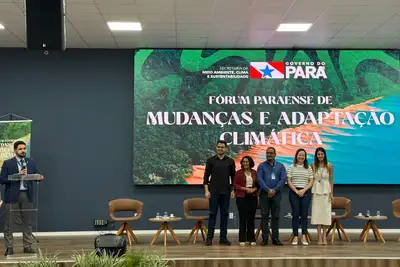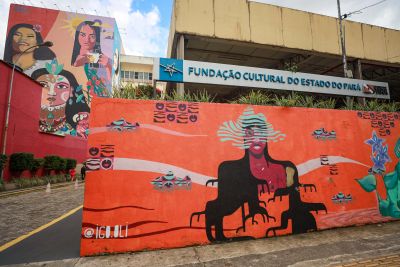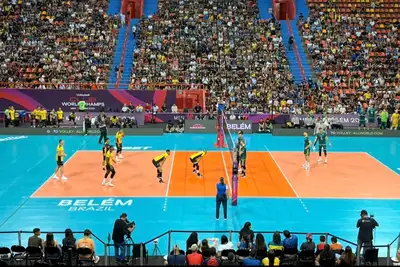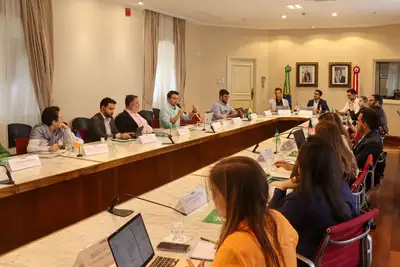Helder Barbalho envisions Belém as the capital of bioeconomy post-COP30
During the closing of the Sphere Forum, the governor pointed out the carbon market and the Biotechnology Valley as the main legacies of COP30, which is expected to boost the infrastructure and sustainable development of Pará
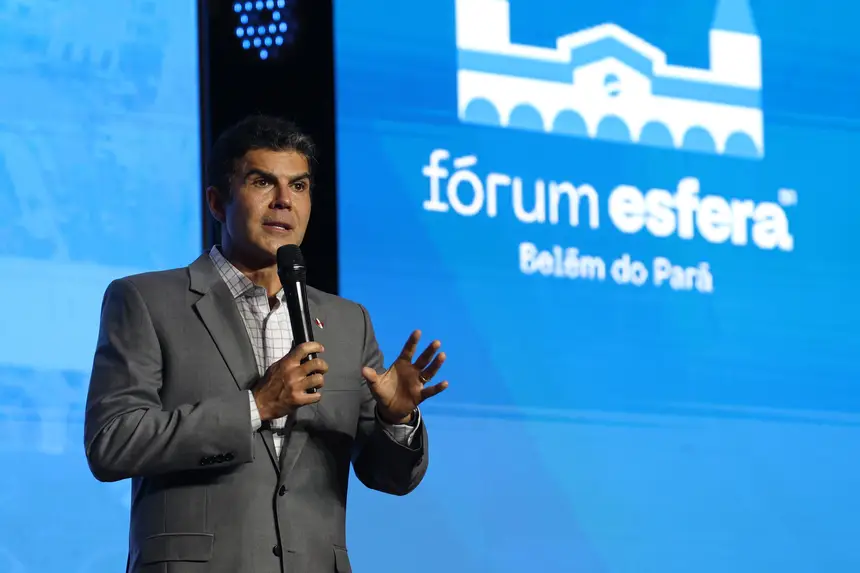
In his participation in the closing panel of the Sphere Forum, held this Friday (10) in Belém, the governor of Pará, Helder Barbalho, emphasized the transformation of the city to host the 30th United Nations Conference on Climate Change (COP30) and projected the capital as a hub for bioeconomy and sustainable innovation.
The central focus of the speech was the legacy that COP30 should leave for Pará and the Amazon. He highlighted the joint effort of governments and the private sector to consolidate infrastructure and new development opportunities in the region, noting that Belém is undergoing a moment of transformation. “It is noticeable, and you who arrive can see the urban transformations that Belém has just experienced, a legacy of infrastructure for the city,” he stated.
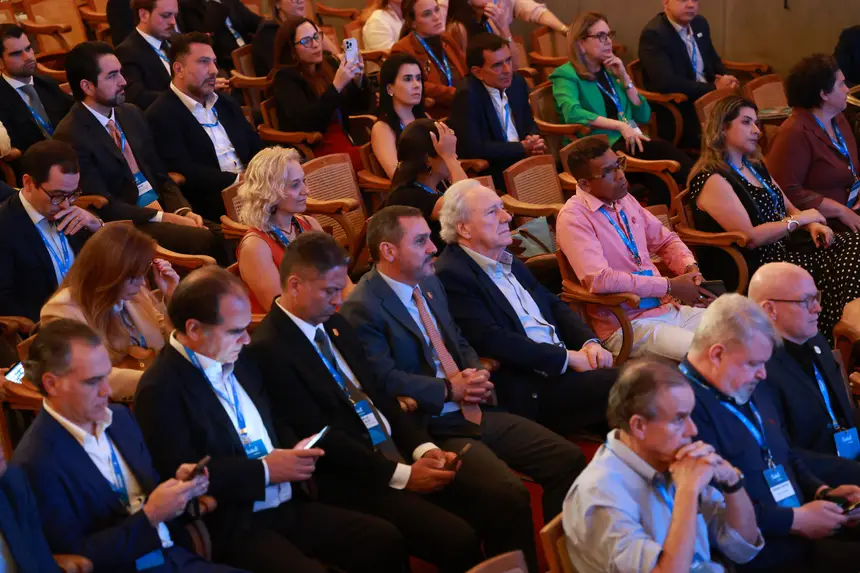
When addressing the conference, the governor underscored the importance of Brazil hosting the event in the Amazon and argued that COP30 should go beyond debates. “We want a commitment: to see the discourse in practice and more effectiveness. We want to find those who, after ten years of the Paris Agreement, will have here, in Belém, the opportunity to check if what was signed in 2015 has been fulfilled,” he said, advocating for a “COP of truth” and implementation.
With an eye on the future, Helder Barbalho projected the great horizon of development for the State in the post-COP period, focusing on bioeconomy and the appreciation of the living forest. “Our concept and planning is that, after COP, we can consolidate the Biotechnology Valley of the Amazon,” he stated, drawing a parallel with Silicon Valley, but more focused on biological assets and sustainable businesses. For him, the transition from biodiversity to sustainable businesses is the new vocation of Pará.
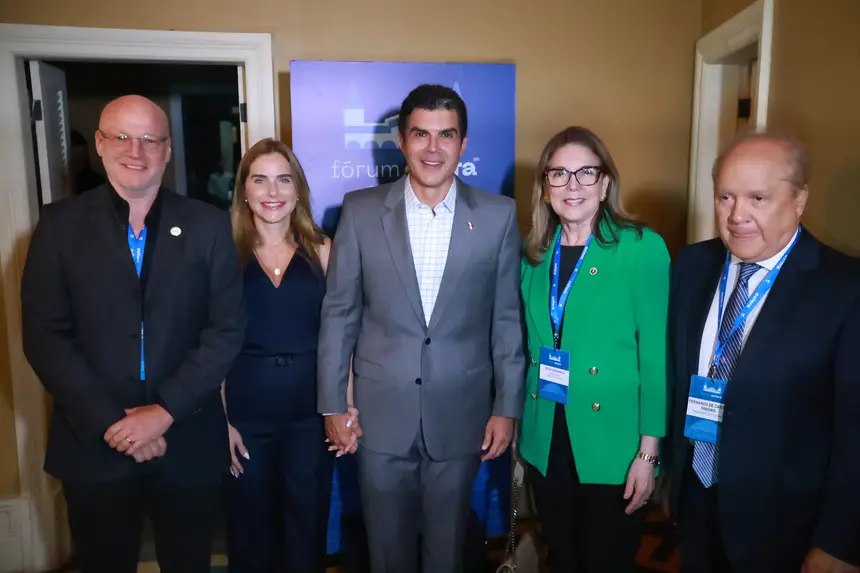
The governor also highlighted the recent delivery of the Amazon Bioeconomy Park, a complex dedicated to science, research, and innovation that, according to him, has no parallel in the world. “It is not possible to interpret or conceive the word sustainability imagining that it is restricted to the preservation of our forest. It is necessary to understand that, beneath the tree canopy, millions of Brazilians live in the national Amazon territory,” he emphasized.
Helder Barbalho also reinforced Pará's strategy to offer a secure and attractive legal environment for sustainable investments, citing the strengthening of the carbon market, cattle traceability, and forest concessions as examples of structuring policies. “This is the Amazon, this is Pará that opens its doors to all of you, so that you can, together with us and with Brazil, build an increasingly better future,” he emphasized.
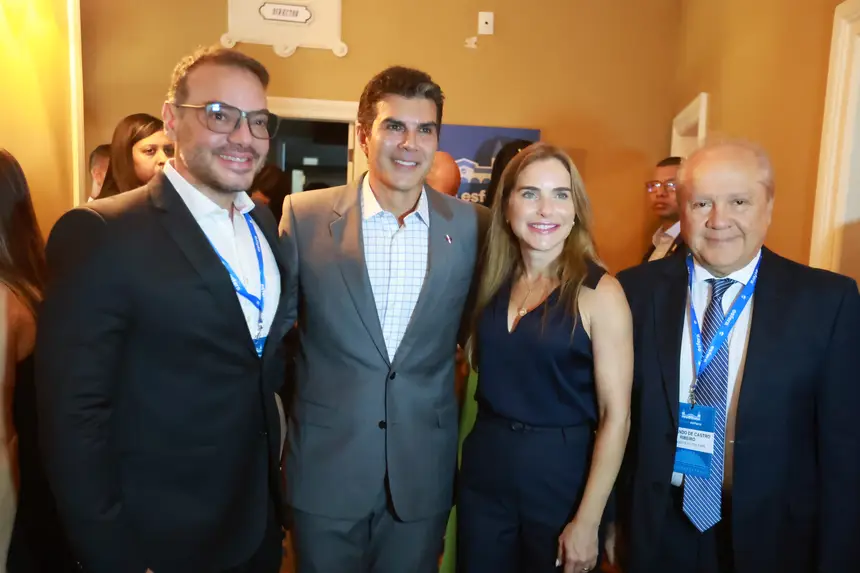
In reference to the Círio de Nazaré, the main religious manifestation of the State, the governor highlighted the coincidence of the Sphere Forum occurring precisely during this festive moment that takes over Belém. “For those who have never had the opportunity, do not miss participating in the Círio: it is the largest religious manifestation in the world, in an environment of harmony, where more than two million people walk the streets of Belém on the second Sunday of October,” he stated, emphasizing the hospitality and cultural energy of the capital of Pará.


